Contents
List of Figures
Page List
Guide

The cover shows a photo of Harry Bridges. He is standing at a podium with his forefinger pointed out.
Harry Bridges
the working class in american history
Editorial Advisors
James R. Barrett, Thavolia Glymph, Julie Greene, William P. Jones, Alice Kessler-Harris, and Nelson Lichtenstein
A list of books in the series appears at the end of this book.
Harry Bridges
Labor Radical, Labor Legend
ROBERT W. CHERNY

2023 by Cherny Family Trust
All rights reserved
Manufactured in the United States of America
C 5 4 3 2 1
 This book is printed on acid-free paper.
This book is printed on acid-free paper.
Harry Bridges/Ballad of Harry Bridges (aka Song For Bridges)
Words and Music by Pete Seeger, Lee Hays and Millard Lampell
Copyright 1941 Stormking Music, Inc. and Howard Beach Music, Inc.
Copyright Renewed
All Rights for Stormking Music, Inc. Administered by Figs. D Music c/o Concord Music Publishing
All Rights for Howard Beach Music, Inc. Administered by Kohaw Music, Inc. c/o Concord Music Publishing
All Rights Reserved Used by Permission
Reprinted by Permission of Hal Leonard LLC
Library of Congress Cataloging-in-Publication Data
Names: Cherny, Robert W., author.
Title: Harry Bridges : labor radical, labor legend / Robert W. Cherny.
Description: Urbana : University of Illinois Press, [2022] | Series: The working class in american history | Includes bibliographical references and index.
Identifiers: LCCN 2022013431 (print) | LCCN 2022013432 (ebook) | ISBN 9780252044748 (cloth) | ISBN 9780252053795 (ebook)
Subjects: LCSH: Bridges, Harry, 19011990. | Labor movementUnited States. | StevedoresLabor unionsUnited States. | International Longshore and Warehouse UnionHistory.
Classification: LCC HD8073.B7 C44 2022 (print) | LCC HD8073.B7 (ebook) | DDC 331.88092 [B]dc23/eng/20220321
LC record available at https://lccn.loc.gov/2022013431
LC ebook record available at https://lccn.loc.gov/2022013432
To Sarah
Contents
Preface
There is more than one story about Harry Bridges. One story, told many times, is that he was a member of the Communist Party and that that is the most important thing to know about him. Another story, also told many times, is that he was the victim of an elaborate frame-up to prove that he was a Communist and therefore liable for deportation, that he was the victim of repeated federal prosecutions that had as their intent the elimination of an effective labor leader, and that those are the most important things to know about him. Both stories have elements of truth in them, but neither is the most important story about Harry Bridges. The most important story is that he was a remarkably effective leader of a remarkable union. This book tells all those stories, but I hope that I have centered my story in a way that both recognizes Bridgess many accomplishments and acknowledges his limitations and foibles.
To tell Bridgess history is also to tell the history of the Pacific Coast longshore workers, whose union Bridges was instrumental in creating and which he led for more than forty years. That union, now the International Longshore and Warehouse Union (ILWU), began on the docks of Pacific Coast ports. In the 1930s, it moved inland, organizing warehousemen. In the 1940s, it organized sugar- and pineapple-field workers in Hawaii. In the 1950s, it absorbed locals in other fields. Its members now range from hotel workers in Hawaii to borax miners and cotton compress workers in Southern California, from tugboat workers in Alaska and craft-beer workers in San Francisco to bookstore workers in Portland. Throughout that long history, longshore workers have remained at the center of the union. It was from them that Bridges came, it was they who remained his constant touchstone, and the relationship between them was synergistic. There have been other books written about the ILWUs warehouse division and about Local 142, the Hawaiian local that now includes not only longshore, warehouse, and field workers, but also workers in tourism, hospitality, and other fields. To have given all those groups the space they deserve in this book would have added hundreds more pages to what is already a very long book. All those are topics for books by other historians.
So this book centers on Harry Bridges and longshore workers. Other units of the ILWU appear but cannot be treated at the length appropriate to their own histories. Some readers may conclude that I have ignored, overlooked, or slighted important information. Like all historians, I have had to winnow a huge amount of information to focus on what I understand to be central to the story, and I have had to trim some three hundred pages from my first draft. I shall contribute all the research material I have accumulated to the Labor Archives and Research Center at San Francisco State University (LARC), where subsequent researchersand those who will inevitably criticize the decisions I have made about what is importantcan conduct their own research and come to their own conclusions.
Was Bridges a member of the Communist Party? He always denied having been a member but was always equally open about his commitment to a Marxist view of the economy, his close relations with Communists, and his high regard for the Soviet Union. I found no simple answer to what turns out to be a very complex question about Bridgess relationship to the party. I also concluded, very early in this project, that focusing centrally on that question would not be productive. For me, the most important questions have been: How effective was Bridges as a union leader? And how was Bridges effective as a union leader? A subsidiary question, to which I return in the final chapter, is: Did Bridgess relationship to the Communist Party affect his effectiveness as a union leader?
As the title of this book indicates, Harry Bridges has long since achieved iconic status. Those who complicate that story have experienced not just polite criticism but sometimes harsh words, as witness the reception of Charles Larrowes 1970 biography or the 1992 documentary by Minott-Weinacht Productions. I received some of the same after I appeared in a documentary and mentioned information from the files of the Communist Party of the United States (CPUSA) in the Russian State Archive for Socio-Political History. I was present when ILWU president Brian McWilliams denounced any use of those archives as red-baiting, and I am grateful to the late Albert Vitere Lannona former student of minefor coming to my defense. Nonetheless, when I began this work, it was with the condition that I would tell the full story as I understood it, warts and all. I would not have begun with any other understanding. I am also grateful to Harry and Noriko for accepting that condition.
Acknowledgments
Since beginning this book more than thirty-five years ago, I have accumulated many debts, more than I can list here. The first is, of course, to Harry and Noriko Sawada Bridges, who invited me to undertake this project, welcomed me into their home, made themselves available for interviews, and provided access to their personal papers and Rolodex. Over the following twelve years, I visited many libraries and archives, from Harvard to Honolulu, from Moscow to Melbourne, accumulating more than four large filing cabinets of material. Then other university responsibilities intervened. I never lost sight of the Bridges biography, but returning to it in a serious way had to wait until I retired.

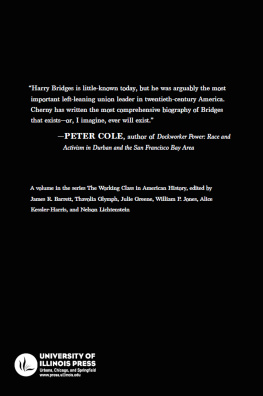


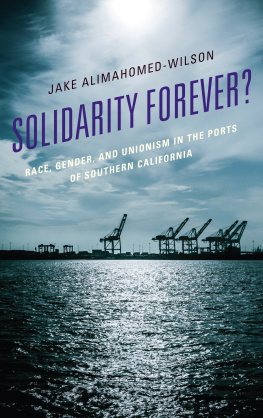
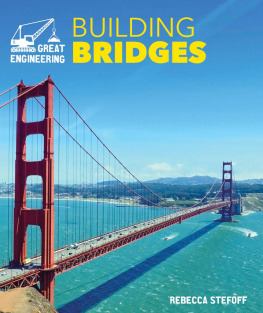




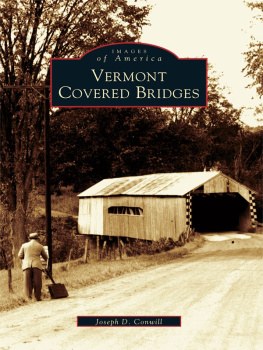
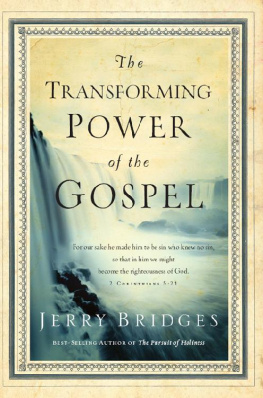
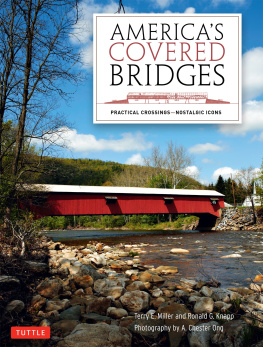


 This book is printed on acid-free paper.
This book is printed on acid-free paper.